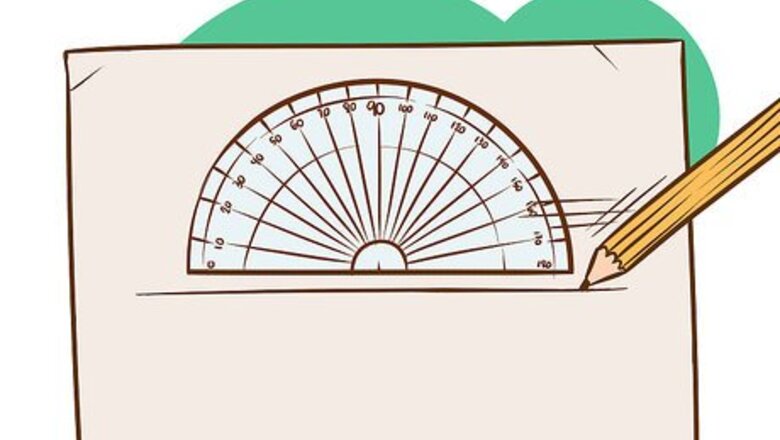
views
Using A Protractor
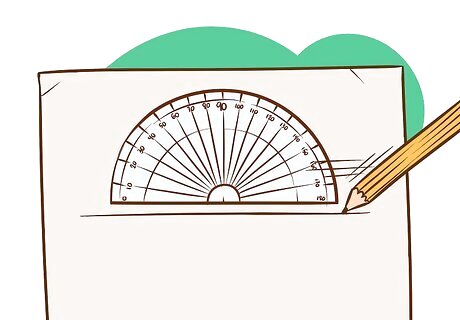
Draw a straight line using the protractor. This will be the center line of your circle (dividing it into semi-circles).
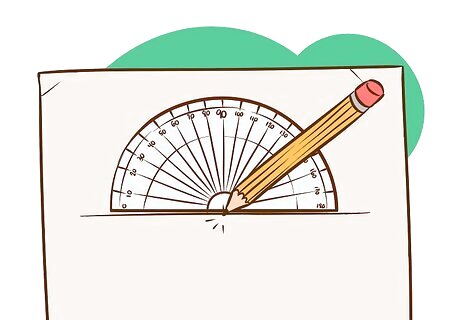
Align the protractor so that both 0° and 180° lie on the center line. Mark the center point.
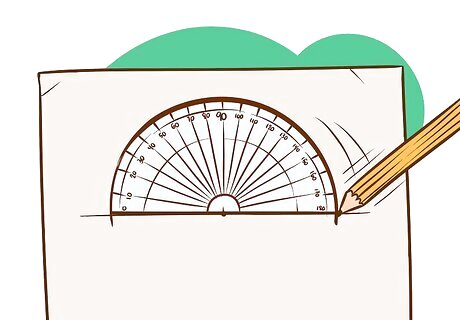
Trace the semicircle along the protractor from 0 ° to 180°.
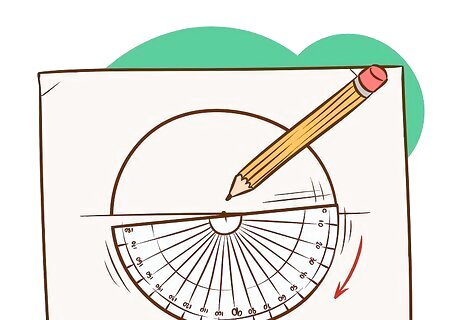
Put the protractor on the other side of the center line, again with both the 0°and 180° marks on the center line.
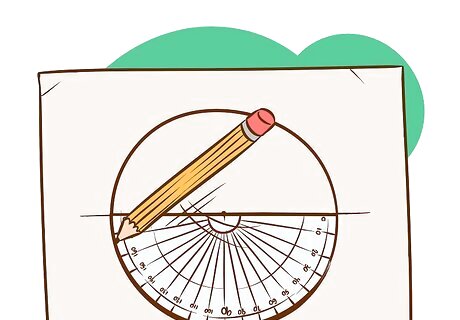
Complete the circle by tracing along the protractor.

Calculate the angle between adjacent vertices, α. Since a circle has 360°, divide 360° by n, the number of vertices (or sides) to get α. α=360°/n α is the measured angle between lines drawn from the center of the circle to adjacent vertices. For a dodecagon, n=12. A dodecagon has 12 sides and 12 vertices, so 360° divided by 12 is 30°, and α=30°.
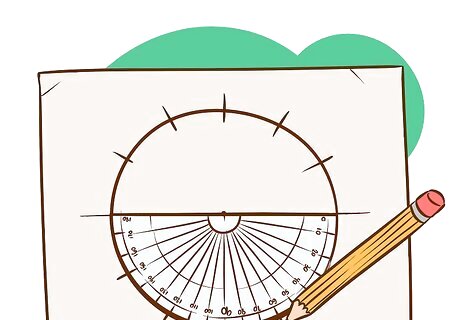
Mark a point for each of the successive angles. Using the protractor, mark on the circumference of the circle all the multiples of angle α calculated above.
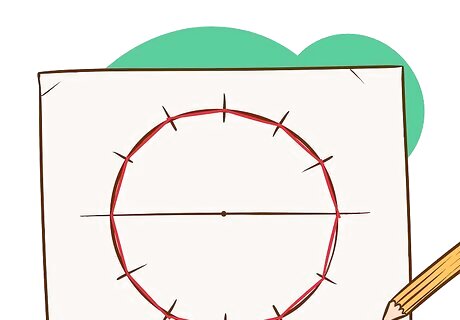
Join the points marked on the circle with a line segment. For a dodecagon there should be 12 marks and 12 sides, because it has 12 vertices. Don’t overlap the line segments. If your points are outside of the circle, then simply mark another point along the radial line from the center onto the circle for each point and then join them.
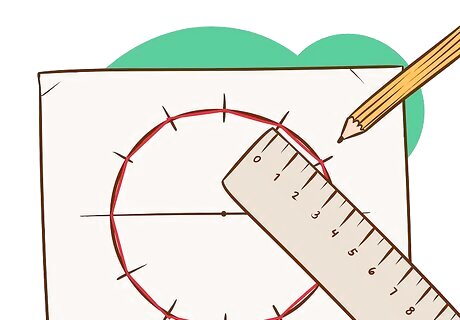
Check to see that the sides are the same length. If they are, you can erase the circumscribed circle.
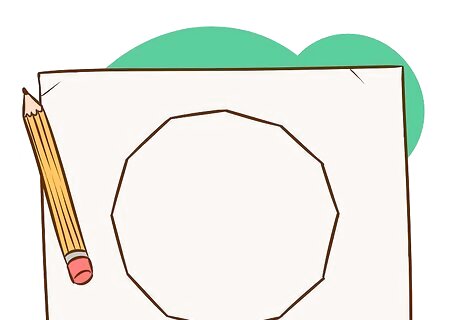
Finished.
Using A Compass, Ruler and Calculator
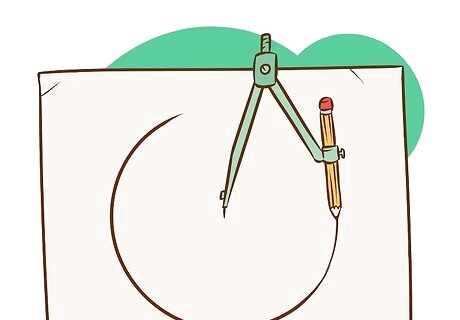
Draw a circle of the desired radius, r. Set your compass to the radius, r, and draw a circle.

Calculate the length, ℓ, of each side of the regular polygon of n sides. ℓ=2*r*sin(180/n) 180/n is in degrees, so make sure your calculator is set for degrees, not radians.
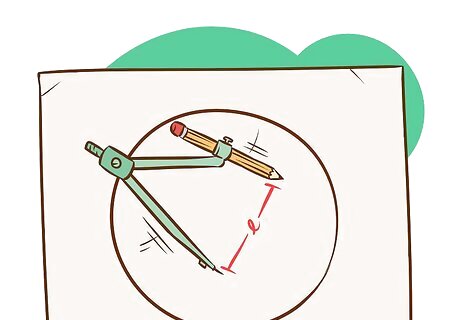
Set your compass to this length, ℓ. Be ultra-accurate and triple-check the measurement to ensure that it is as accurate as possible.
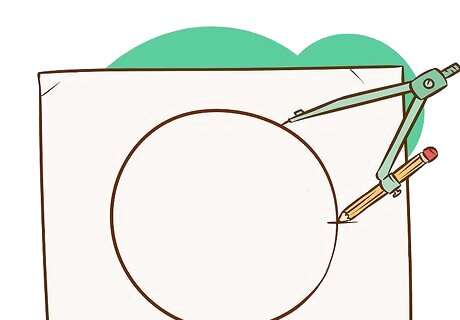
Start from any point on the circle and mark an arc or line. Don't change the radius of your compass.
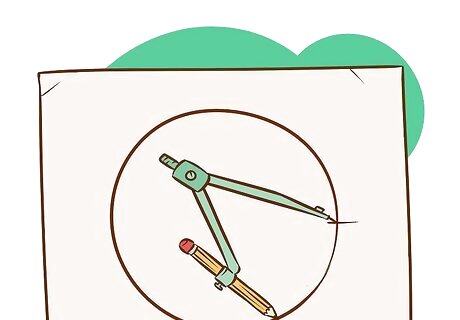
Mark another arc or line on the circle. Continue the process until the arc or line touches the first point. Make sure your compass doesn't move!

Join the lines/arcs accurately using a ruler. Check to see that the sides are identical in length. If they are, then you're finished. Erase the construction guide lines.


















Comments
0 comment